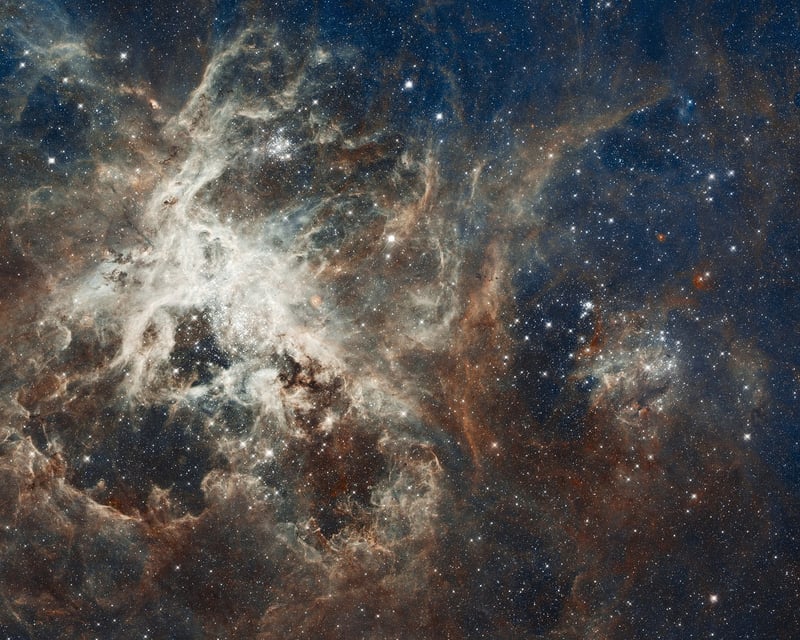Interstellar Travel
Travel Beyond the Stars: Exploring Interstellar Travel
Have you ever looked up at the night sky and wondered what lies beyond the stars? The idea of interstellar travel, journeying between the stars and exploring the vastness of space, has captivated human imagination for centuries. While currently, our technology limits us to exploring our own solar system, scientists and visionaries are actively working on concepts that could one day make interstellar travel a reality.
The Challenges of Interstellar Travel
Interstellar travel poses numerous challenges that need to be overcome before we can embark on such epic journeys. The vast distances between stars, the harsh environment of space, and the limitations of our current propulsion systems are just a few obstacles that must be addressed.
Propulsion Systems
One of the key challenges of interstellar travel is developing propulsion systems that can propel spacecraft at speeds close to the speed of light. Concepts like nuclear thermal propulsion, antimatter engines, and laser propulsion are being explored to achieve the necessary velocities for interstellar travel.
Life Support Systems
Another critical aspect of interstellar travel is ensuring the safety and well-being of the crew during long-duration space missions. Advanced life support systems that can provide food, water, and protection from cosmic radiation are essential for the success of interstellar voyages.
The Future of Interstellar Travel
Despite the challenges, scientists and engineers are optimistic about the future of interstellar travel. Breakthroughs in propulsion technology, advancements in spacecraft design, and international cooperation in space exploration are paving the way for humanity to one day venture beyond our solar system.
Interstellar Mission Concepts
Proposed interstellar missions, such as the Breakthrough Starshot project, aim to send small, lightweight spacecraft to neighboring star systems at a significant fraction of the speed of light. These missions could revolutionize our understanding of the universe and potentially lead to groundbreaking discoveries.
Conclusion
Interstellar travel represents the next frontier of human exploration, offering the promise of new worlds, alien civilizations, and the expansion of our knowledge of the cosmos. While the challenges are significant, the human spirit of curiosity and discovery drives us to push the boundaries of what is possible and reach for the stars.

Ready to embark on your own interstellar journey? Keep dreaming, keep exploring, and who knows, one day you might be among the first humans to travel beyond the stars.
For more information on interstellar travel and space exploration, visit NASA's Solar System Exploration website.
